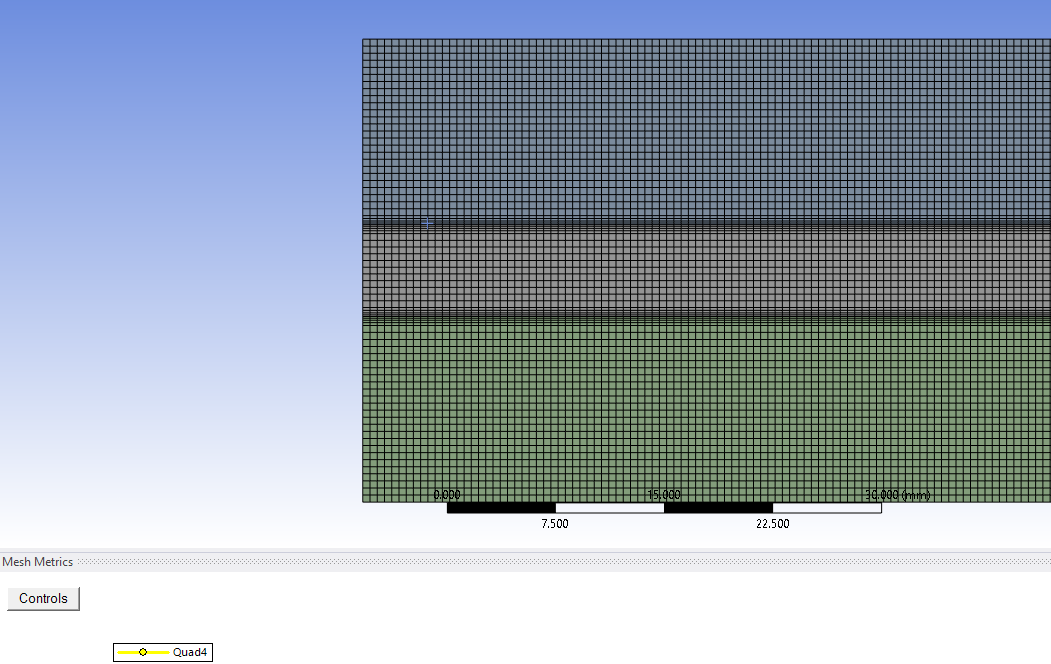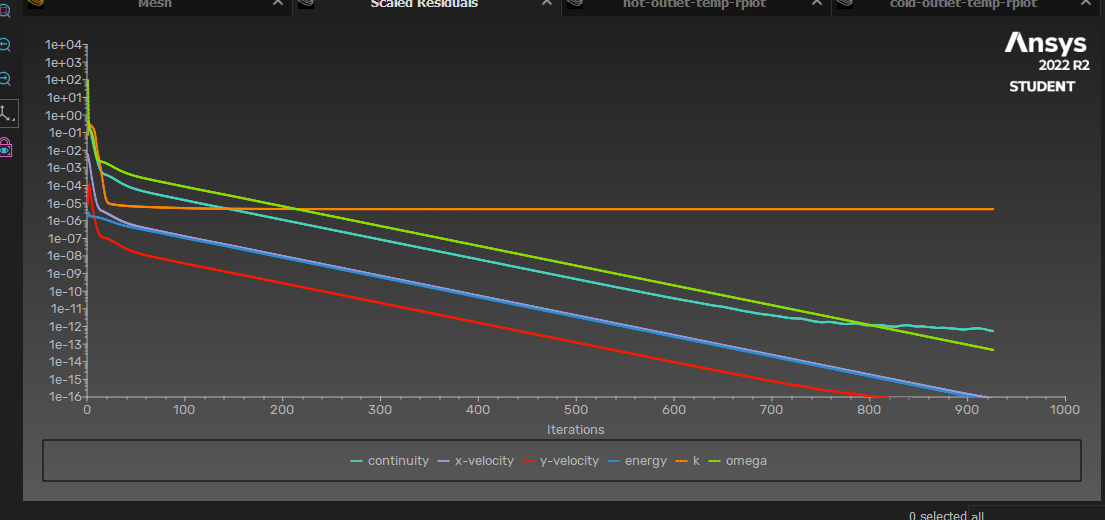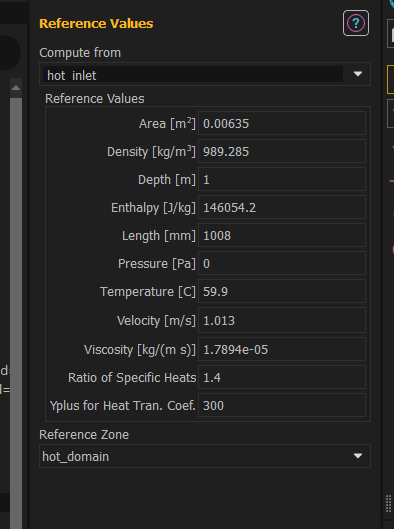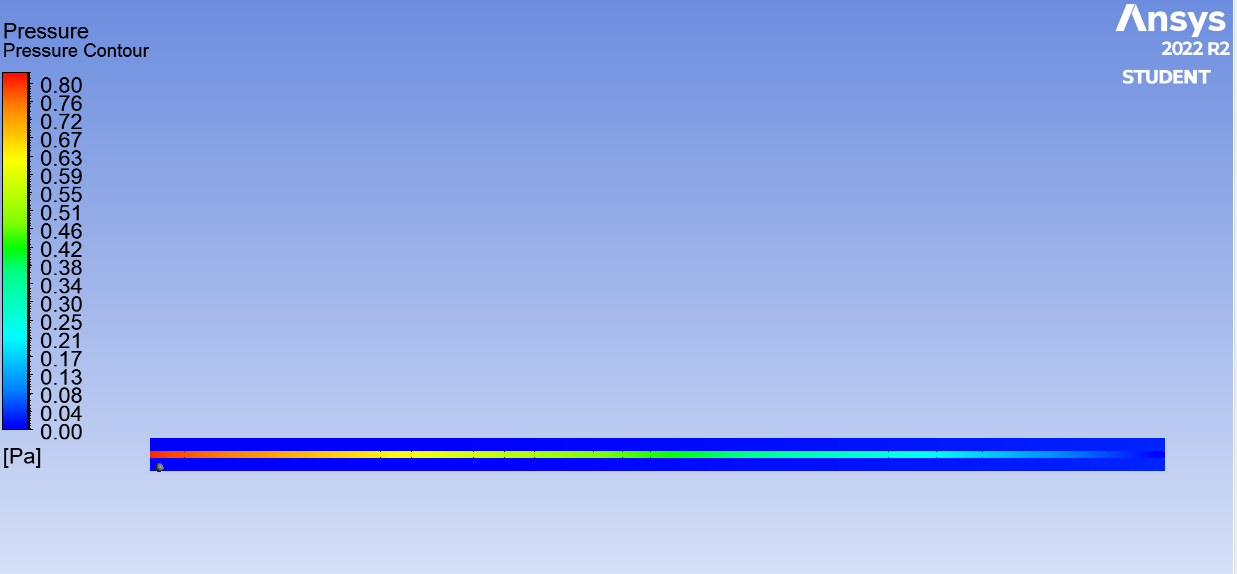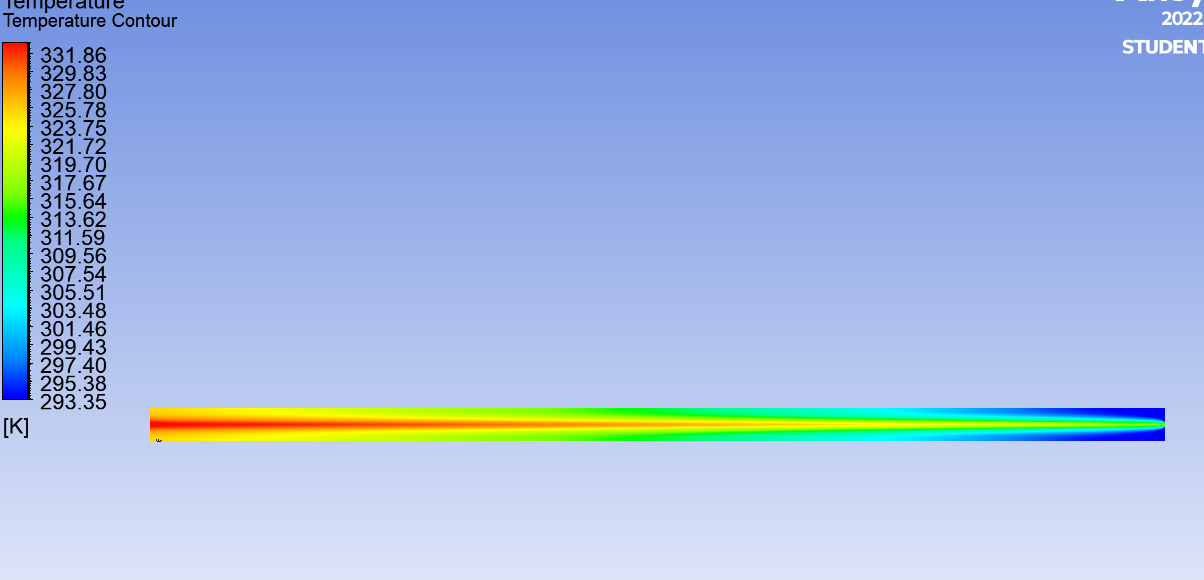-
-
April 8, 2023 at 4:15 am
Mark Lucas
SubscriberHello,
I am attempting to create a simplified 2D model of the Armfield HT33 Shell and Tube heat exchanger. I would like to simulate the heat transfer between the hot and cold fluids and determine the overall heat transfer coefficient.It has the following Cross section:
I am attempting the simulate it with this simplification:
I am defining the cold fluid domain as solid, hot domain as a fluid and setting the part to imprints in design modler in an attempt to create an interface between the hot fluid domain and cold domain. I am attempting to model the heat transfer between these fluids to determine the overall heat transfer coefficient. I believe this is how I can set up the coupled boundary condition/
However, in Fluent, there is no option boundary conditions to set the interface or the wall to coupled.
Am I going about this problem wrong? I can't seem to figure out this coupled boundary condition for the tube walls
Thank you for your time.
-
April 11, 2023 at 10:59 am
Nikhil N
SubscriberHello,
Try performing share topology rather than imprint. You will get a two-sided wall (wall and shadow wall) once you transfer the mesh to Fluent solver, with coupled boundary condition by default.
"I am defining the cold fluid domain as solid" - Any specific reason?
-
April 20, 2023 at 1:55 am
Mark Lucas
SubscriberHello,
thank you, using "shared topology" has worked to create the shadow wall and coupled boundary condition.
I am having trouble getting the simulation to converge with any of the turbulence models. However, it seems converge with the laminar model. - Flow inside the tubes is turbulent and the annular flow is laminar/transition zone-
April 20, 2023 at 6:09 am
Nikhil N
SubscriberIt might be necessary to examine both the mesh and the setup to address the issue at hand. Upon reviewing the mesh image, my suggestion would be to further refine it and incorporate inflation layers near the zone interface. Additionally, could you provide details about the models and boundary conditions you used? Kindly include a screenshot of the residuals for reference.
-
April 20, 2023 at 6:55 am
Mark Lucas
SubscriberSure, I refined the mesh (from 1mm to 0.5mm) and added 5 inflation layers:
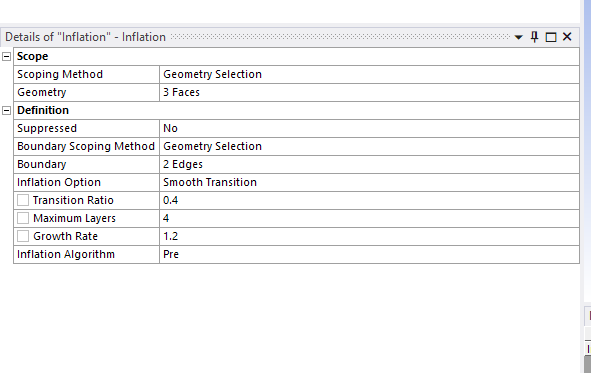
Residuals:Set up details:
- Energy on
- SST k-omega mode
- Setting expressions for water viscosity & density from interpolated data
- setting tube walls as couppled, copper and assigning 1.2mm wall thickness
- setting inlets as mass-flow inlets and inputting my mass flow rates and inlet temps.
- Using tube diameter as reference area (2D problem)
- Set all residuals to 1e-6
- hybrid initialisation
- run calculation
Please let me know if you need anything else, thanks for your time.
-
April 20, 2023 at 7:03 am
Nikhil N
SubscriberYour residuals looks good to me. I would suggest that relying solely on residuals to decide on convergence may not be sufficient. It is important to also monitor other factors such as mass and energy balance and the parameters relevant to your specific analysis, such as HTC (heat transfer coefficient) and pressure drop. For mass and energy balance, check Fluxes under Reports.
-
April 20, 2023 at 7:37 am
-
-
-
April 11, 2023 at 2:24 pm
Rob
Forum ModeratorJust to note, you're setting a 2d model. For tubes you may want to look at 2d axi-symmetric.
-
April 20, 2023 at 1:57 am
Mark Lucas
SubscriberWould this effect the residual's convergence? I can't seem to get any of the turbulence models to converge
-
-
April 20, 2023 at 10:49 am
Rob
Forum ModeratorIt'll not alter the covergence, but will influence the result as the areas will be very different. And that will alter the heat transfer rate, and therefore the calculation of HTC. Read the definitions in Fluent before comparing with either theory or experimental data as they will be different unless you compare like with like.
-
- The topic ‘Ansys Fluent – Shell and Tube Heat Exchanger (Simplified 2D model)’ is closed to new replies.



-
3597
-
1258
-
1107
-
1068
-
953

© 2025 Copyright ANSYS, Inc. All rights reserved.

